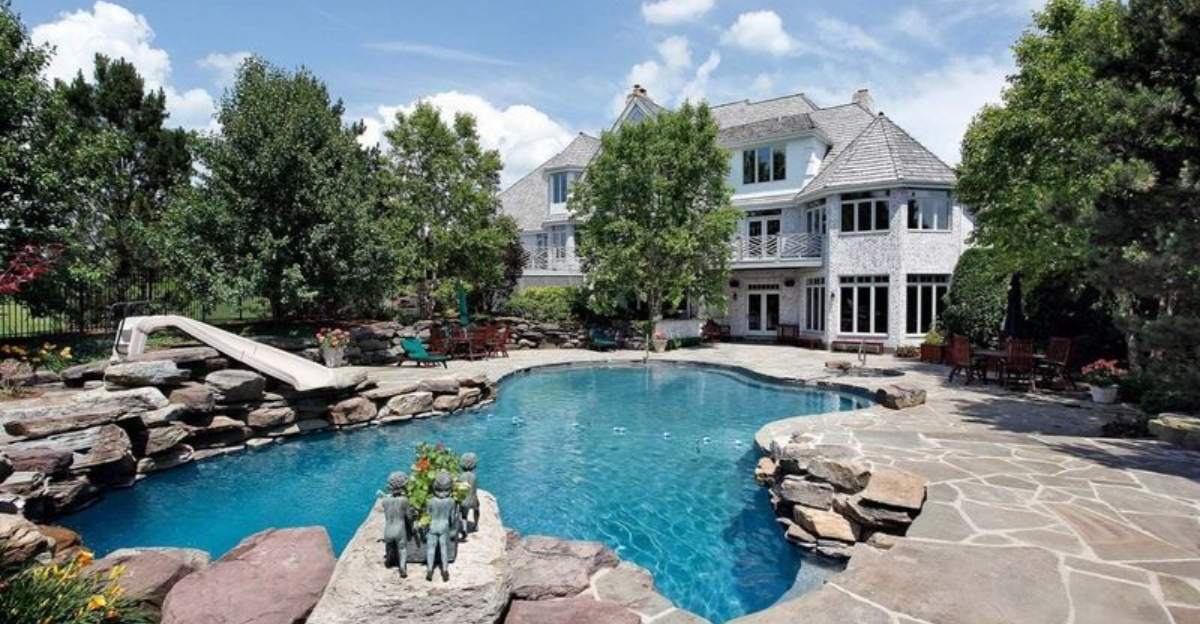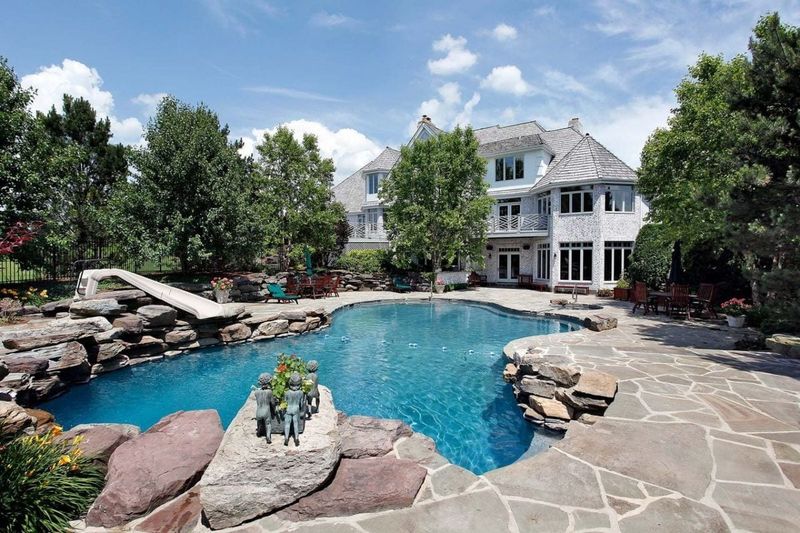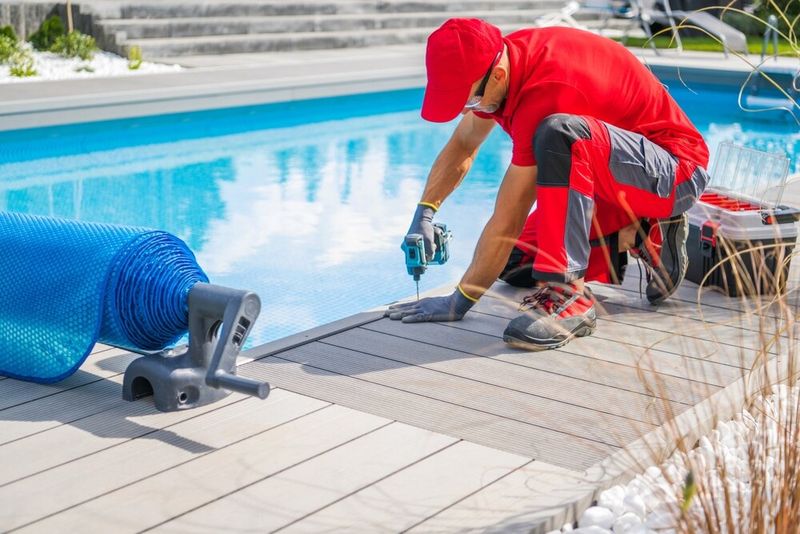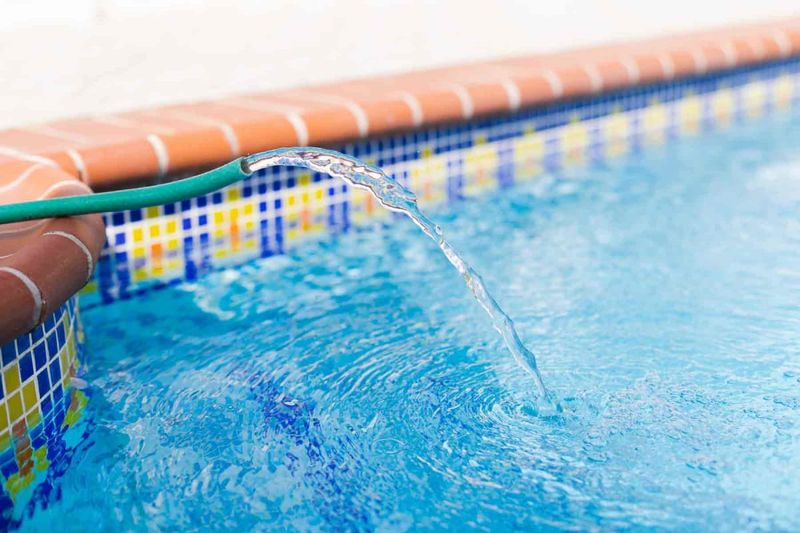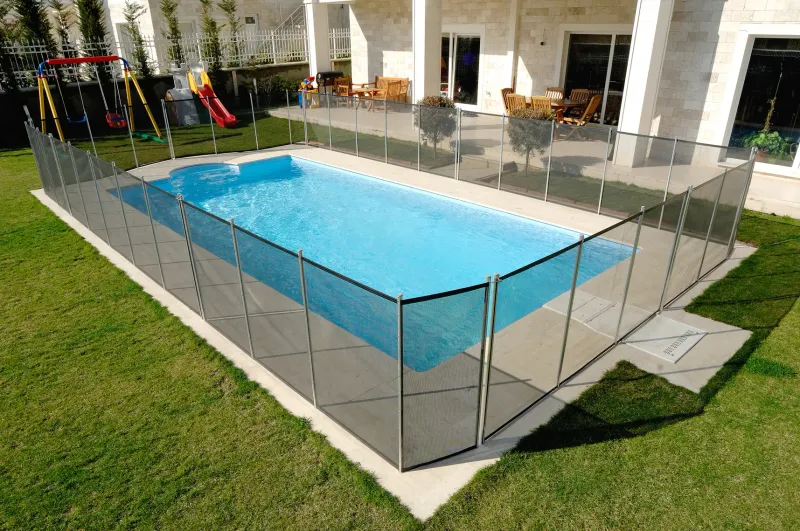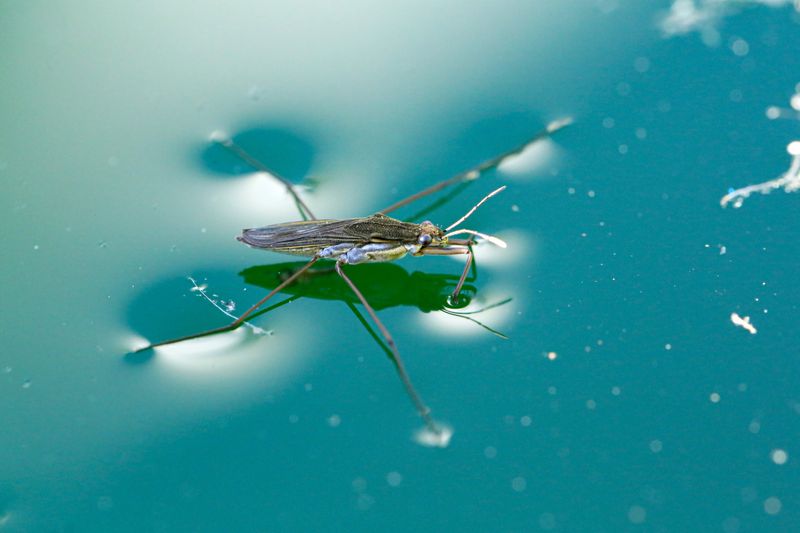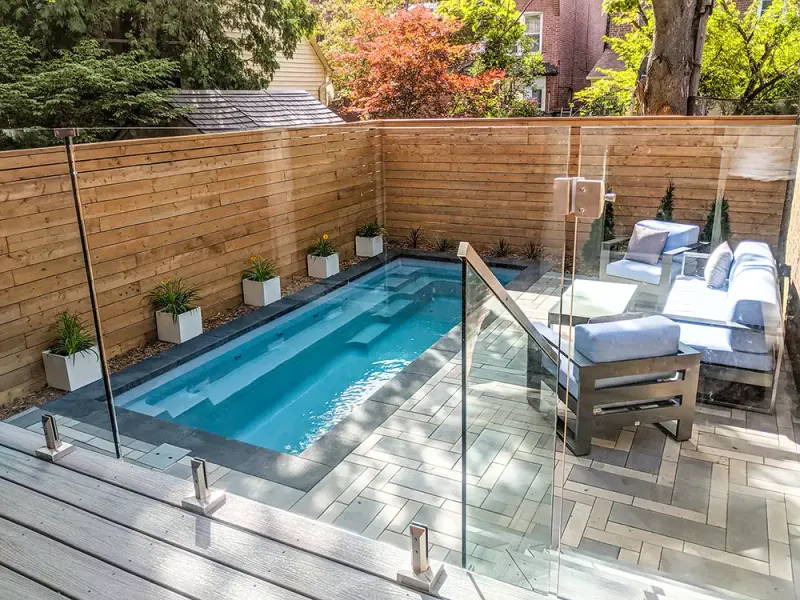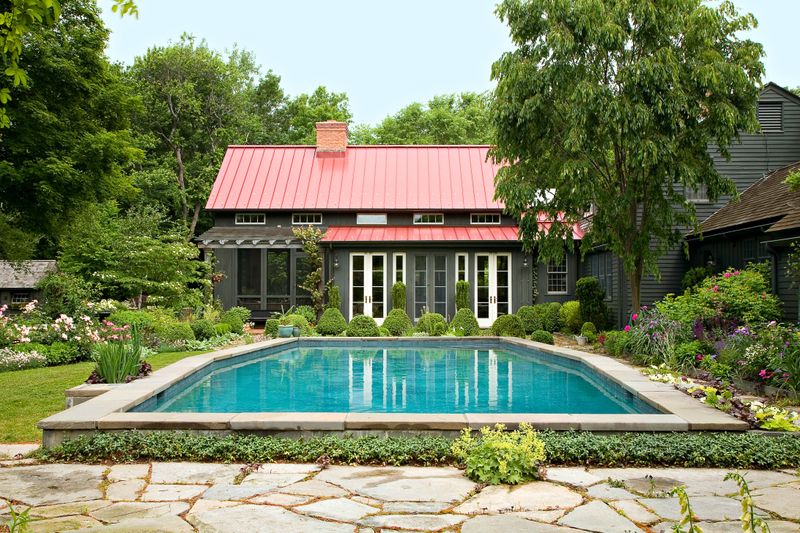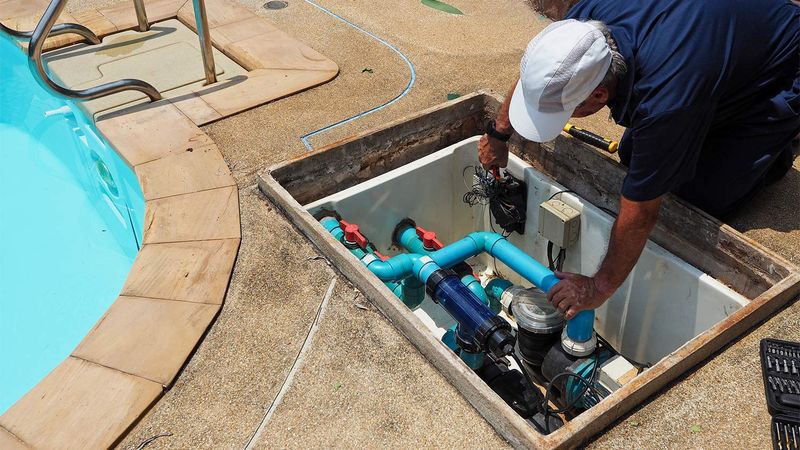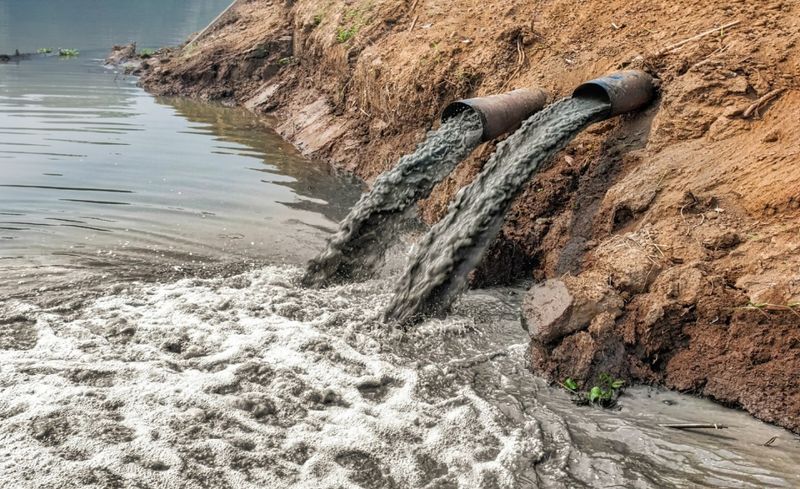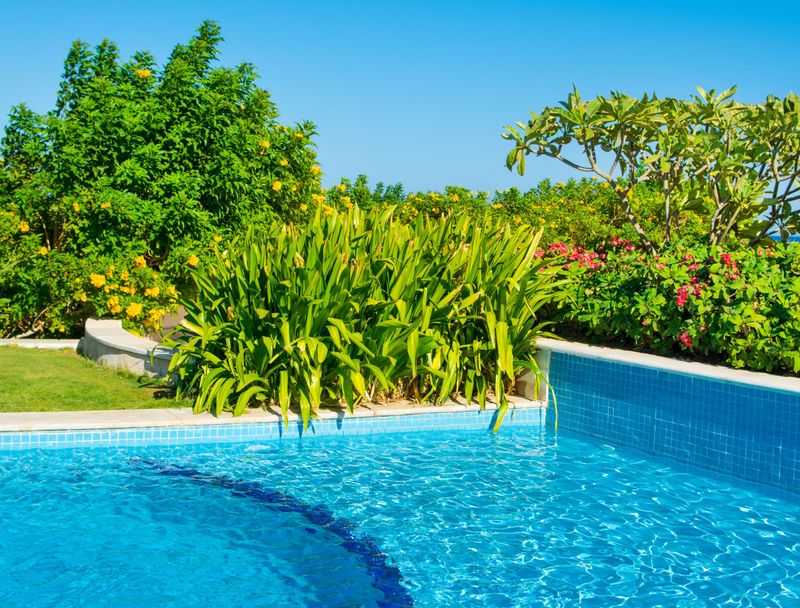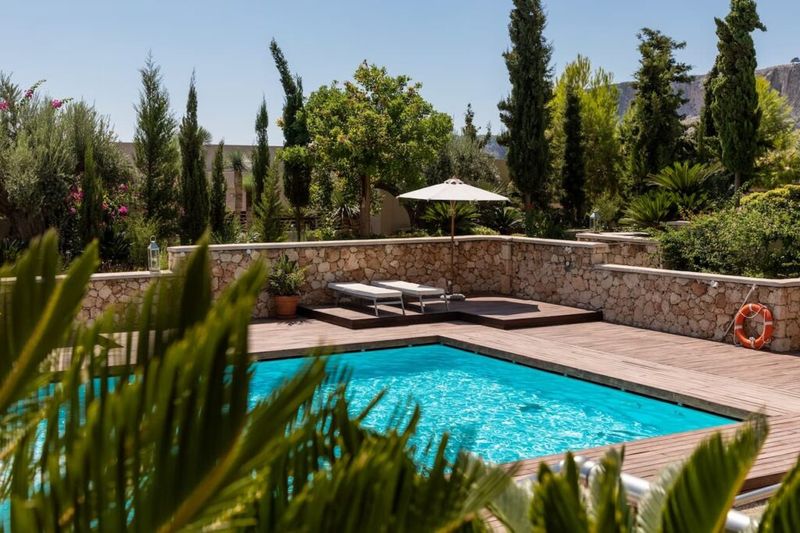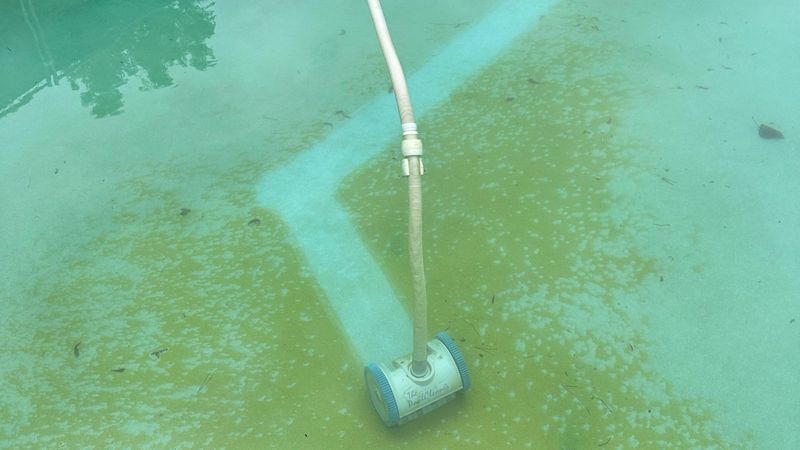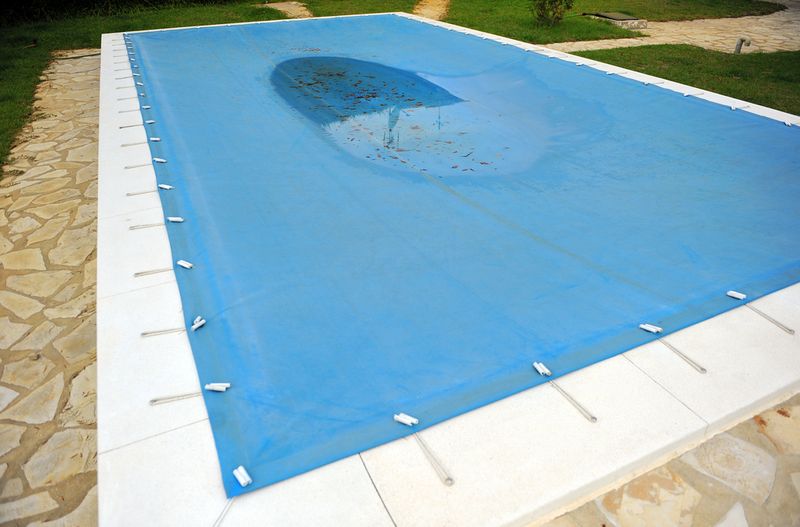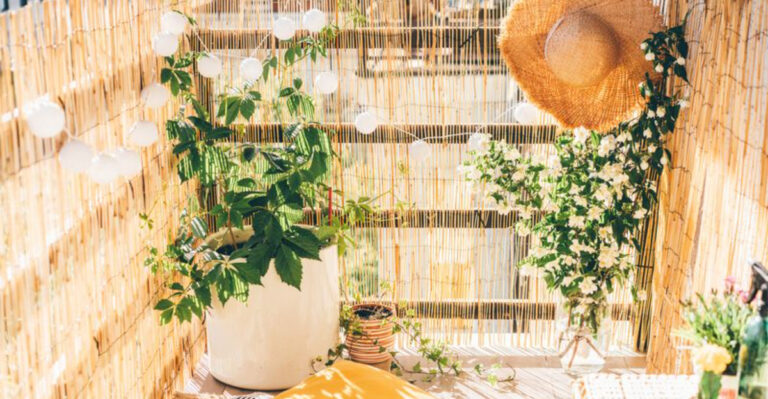18 Reasons Why Getting A Swimming Pool Is A Bad Idea
Thinking about installing a backyard pool? Before you dive into this major investment, it’s worth considering the not-so-sunny side of pool ownership.
While pools promise endless summer fun, they come with a flood of hidden costs, maintenance headaches, and safety concerns that many homeowners don’t anticipate.
Let’s splash into the top 18 reasons why that swimming pool dream might actually be a financial and practical nightmare.
1. Expensive Installation Costs
Prepare for your bank account to take a serious plunge! Installing an in-ground swimming pool typically costs between $35,000 and $65,000, with fancy features like waterfalls or special lighting pushing that price even higher.
Most homeowners don’t realize they’ll need to budget for additional expenses like permits, landscaping, and utility line adjustments. These hidden costs frequently catch new pool owners off guard.
2. Never-ending Maintenance
Contrary to what glossy brochures suggest, pools don’t clean themselves. Weekly skimming, vacuuming, scrubbing, and chemical balancing will become your new part-time job.
During peak seasons, you might spend 5-10 hours weekly just keeping your pool swimmable. Many frustrated owners eventually hire professionals, adding $100-$150 monthly to their already stretched pool budget.
3. Skyrocketing Utility Bills
Your monthly energy bill will make quite the splash after installing a pool. Running pumps and filters can add $30-$50 to your electric bill, while heating the pool can cost an additional $100-$300 monthly.
Water bills also surge due to evaporation requiring constant refilling. In drought-prone areas, filling a standard pool requires 15,000-30,000 gallons initially, with hundreds more needed monthly for maintenance.
4. Constant Chemical Costs
Swimming in a chemical soup isn’t cheap. The average pool owner spends $500-$800 annually on chlorine, shock treatments, algaecides, pH adjusters, and test kits just to keep the water safe and clear.
With recent chlorine shortages, prices have surged dramatically. Salt water systems, while reducing some chemical needs, require expensive initial equipment and specialized maintenance that many homeowners don’t anticipate.
5. Liability Nightmares
Having a pool essentially puts a giant “sue me” sign in your backyard. Most homeowners don’t realize their pool makes them vulnerable to premises liability claims, even from uninvited guests who trespass and get injured.
Insurance companies view pools as “attractive nuisances.” Expect your homeowner’s insurance premiums to increase by $200-$400 annually, with some insurers requiring additional umbrella policies for adequate coverage.
6. Limited Seasonal Use
Unless you live in a tropical paradise, your expensive aquatic investment will sit unused most of the year. In northern states, pool season typically lasts just 3-4 months, meaning you’re paying year-round costs for limited enjoyment.
Even in warmer climates, unexpected weather patterns, pollen seasons, and rainstorms can render your pool unusable for weeks. The reality of actual swim time rarely matches homeowners’ optimistic expectations.
7. Pest Attraction
Your beautiful new pool might as well be a billboard advertising “All Insects Welcome!” Mosquitoes love breeding in standing water around pool edges, while lights attract moths and other flying nuisances.
Frogs, snakes, and even raccoons may become regular visitors. Morning pool checks often reveal a macabre collection of drowned critters requiring removal before anyone can swim, a disgusting chore few consider before installation.
8. Reduced Yard Space
Sacrificing a significant portion of your backyard might seem worthwhile until you realize how much usable space disappears. A modest 16×32 foot pool plus the required decking consumes nearly 800 square feet.
Gone are the days of backyard football games or garden expansions. Many families discover too late that their remaining yard space feels cramped and inadequate for other outdoor activities they previously enjoyed.
9. Property Tax Increases
Your wallet takes another hit when property tax assessments arrive. Installing a pool typically increases your home’s assessed value, which translates to higher annual property taxes.
While the exact amount varies by location, most homeowners see increases of $300-$500 annually. Over a decade, this seemingly small increase adds thousands to the true cost of pool ownership that rarely factors into initial budgeting considerations.
10. Disappointing Resale Value
Contrary to popular belief, pools rarely return their investment when selling your home. Real estate experts estimate you’ll recoup only 7% of your costs, with many potential buyers seeing pools as dealbreakers rather than assets.
Families with young children often avoid pool homes due to safety concerns. Meanwhile, budget-conscious buyers frequently pass when calculating the ongoing maintenance expenses they’d inherit with your aquatic money pit.
11. Constant Repairs and Replacements
Just when you think your pool budget is under control, something expensive breaks. Pumps fail, heaters malfunction, and liners tear – usually during peak swimming season when repair services charge premium rates.
Major components need replacement every 5-10 years, with new pumps costing $500-$1,200 and heaters running $1,500-$3,500. Even with diligent maintenance, these expenses are inevitable and frequently come at the most financially inconvenient times.
12. Environmental Impact
Your ecological footprint expands dramatically with pool ownership. The chemicals required for maintenance eventually make their way into groundwater, while the energy consumption contributes significantly to carbon emissions.
In drought-prone regions, the thousands of gallons needed for filling and maintenance strain already limited water resources. Environmentally conscious homeowners often experience guilt when reconciling their pool with their sustainability values.
13. Landscaping Challenges
Trees and pools make terrible neighbors. Leaves, blossoms, and seeds create constant cleaning headaches, while root systems can damage pool structures over time.
Many homeowners end up removing beloved shade trees, creating hotter, less attractive yards. Those who keep their trees face perpetual cleaning battles and potential structural damage, while those who remove them sacrifice shade and aesthetic appeal for their chlorinated investment.
14. Health and Skin Issues
Frequent swimmers often develop unexpected health problems. Chlorine exposure leads to dry, itchy skin, brittle hair, and can exacerbate conditions like eczema and asthma.
Ear infections, commonly called “swimmer’s ear,” become recurring problems for many pool users. Even with perfect chemical balance, extended exposure to treated water strips natural oils from skin and hair, causing premature aging and damage many owners didn’t anticipate.
15. Noise and Privacy Concerns
Your peaceful backyard transforms into a neighborhood gathering spot once the pool arrives. Splashing, shouting, and pool equipment create noise that disrupts your previously tranquil outdoor space.
Privacy diminishes as neighbors’ interest in your new addition grows. Many homeowners report feeling like they’re constantly on display or obligated to host impromptu pool parties when friends and family members “just stop by” on hot days.
16. Vacation Home Competition
For the cost of installing and maintaining a pool over 10 years, you could enjoy dozens of luxury vacations at resorts with professional-grade pools, water parks, and beaches – without cleaning a single filter.
These getaways offer variety and excitement that a backyard pool can’t match. Many pool owners realize too late that their “staycation investment” could have funded memorable family trips to destinations they’ll never visit because their pool expenses consume their travel budget.
17. Algae and Water Quality Battles
Despite your best efforts, the dreaded green monster will eventually appear. Algae outbreaks can render your pool unusable for days or weeks while you shock, brush, and filter repeatedly.
Weather changes, sunlight patterns, and even neighborhood tree pollen can trigger sudden water quality issues. The constant vigilance required to maintain crystal clear water becomes a source of stress rather than the relaxation pools are supposed to provide.
18. Time-Consuming Winterization
Closing your pool for winter is a complex, labor-intensive process that takes an entire weekend and costs hundreds in specialized chemicals and equipment. Improper winterization leads to expensive damage when spring arrives.
Even properly closed pools require periodic winter maintenance checks. The seasonal opening process is equally demanding, often requiring professional help costing $300-$500 just to get your pool swim-ready after months of dormancy.

